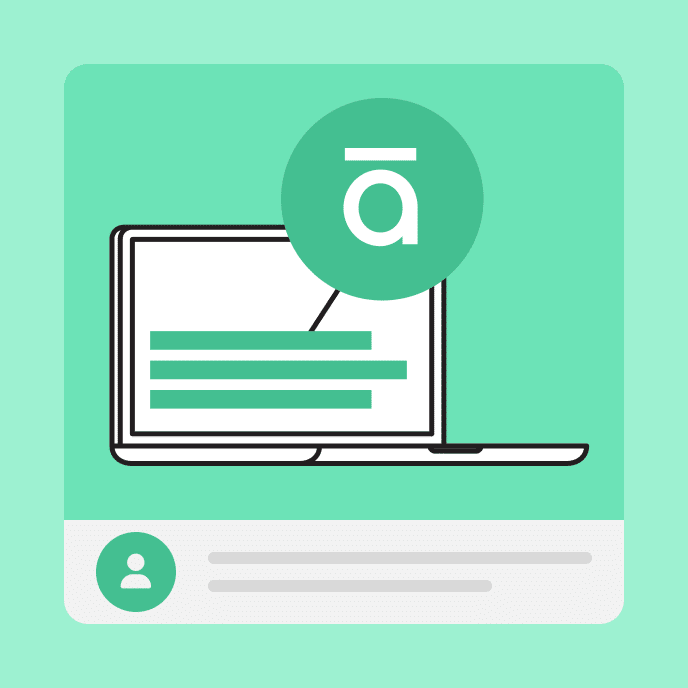A Successful Training Program Answers These Three Questions
A successful training program is learner-centric. Objectives are clear. Content is relevant. And the learner can demonstrate application and understanding.

The key to a good workplace learning experience
Let’s be honest, a lot of training is useless. That’s because there’s a lot of demand to put content online and force feed it to the learners and call it training. Most of that demand comes from various regulatory or compliance requirements so that type of training will always exist.
Most learners take those courses begrudgingly and hope to get in and out and certified as fast as possible.
The training that isn’t useless is performance-based training that helps people do something new or better. Because there are performance expectations built into the course, the client is eager to craft a successful learning experience that is more than just information.
The key to a good learning experience is to influence the learner’s motivation and that starts by seeing the course from the learner’s perspective. This is different from the default starting position of most courses which is to focus on content structure.
Here’s what the learner wants to know.
Successful training answers these questions:
1. “Why am I taking this course?”
“At the end of this course you should be able to do XYZ.”
What are the objectives of the course? Clarity around the course objectives is critical. The closer the course objective is to real-world expectations and requirements, the more motivated a person will be. It’s important that they quickly understand the value of the course and how it impacts them. Make it relevant.
2. “What am I supposed to do with all of this content”
We ask people to commit X hours of their lives to the online training. It shouldn’t be wasted. One way to waste time is to put screen after screen of information in front of them with no expectation that they can apply that to anything that they do.
A good course couples information with application.
“Here are things you need to do and here’s the information that will help you do it.”
3. “How can I prove I know this?”
A performance-based course is built around expected activity. Identify that activity and then build the course from there. That helps you focus on key content. And the course activities that mirror the real-world expectations also become the basis for the assessment.
Passing a ten-question quiz is fine, but what does it really prove? If you are supposed to be able to do something, then you need to build that into the training process.
Ultimately, you craft a learning experience centered around relevant performance expectations and you build an assessment process where they can practice and demonstrate their learning and understanding.
It’s easier to package content and call it a course than to craft a good learning experience. That’s why a lot of courses are mostly nice-looking content. However, that may not be the right type of course, especially if you have performance expectations. And it’s definitely not the most motivating course.
Focus on the learner and how they use the content and you’ll build better e-learning and training programs.
You may also like

How to Create Inclusive AI Images: A Guide to Bias-Free Prompting
AI images are everywhere, but without the right prompts, they often leave people out. Learn how to move past stereotypes and create visuals that reflect a diverse, inclusive world.

